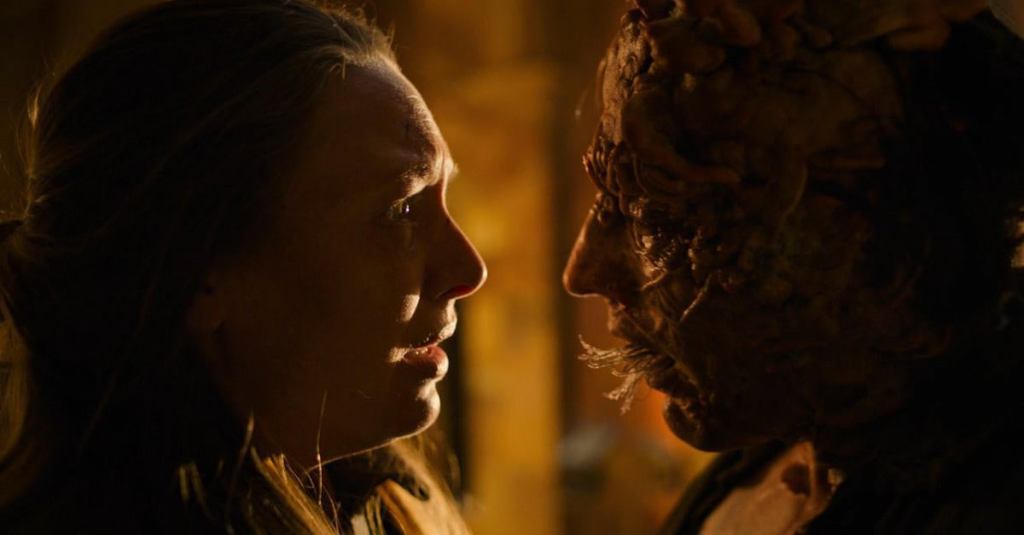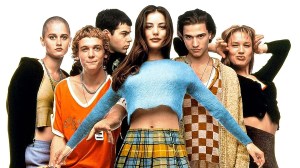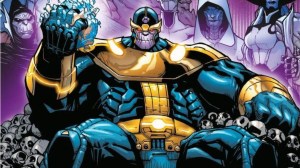The Last of Us HBO series revealed a major change to the mythology of the infected in Episode 2. Unlike The Last of Us games, the TV series established that the infected operate as a hive mind organism, linked by the Cordyceps fungus that first mutated and caused the outbreak. This was a major change to the game, where the infected operate as mad dogs roaming the wasteland, stirred by travelers who wander too close.
Videos by ComicBook.com
In the “Inside the Episode” material for The Last of Us Episode 2, showrunner Craig Mazin explained why they made the change to the mythology of the series, in order to create more effective TV:
“One of the changes that Neil [Druckmann] and I felt we needed to make early on was the way the fungus would spread. Obviously, we did a lot of research on fungus and cordyceps. Neil and Naughty Dog of course had gone through a lot of that stuff as well. We started looking at something called mycelium, which are these threads that make up fungus. In the game, it spreads through biting and saliva, but it also can spread through the air, through spores. And while that works in a video game environment, in real life, spores move around everywhere. And it’s just harder to but into the notion that spores localize and don’t spread.”
To make compelling television, Mazin chose the hive mind mythos in order to give audiences the kind of dramatic tension we saw in Episode 2, as Joel (Pedro Pascal), Ellie (Bella Ramsey), and Tess (Anna Torv) find themselves about to be swarmed by a horde of infected the fungus calls out to. The Last of Us video games indeed made spores a much more clear and present threat to infection, but really it helped denote sequences in the game where players were signaled to get ready for some intense battles with advanced forms of the infected.
As Mazin points out, TV tends to get more scrutiny in its science-fiction lore, and one can only imagine how Twitter would’ve been debating the idea of spore infection and global wind patterns, etc. A simpler ‘Step wrong, call the herd,’ rule is easy for audiences to by into, and is bedded in solid science, to boot:
“Indeed, there is this thing called the ‘wood wide web,’” Mazin explained. “Fungus can communicate chemically over insane distances. They are remarkable organisms, and unfortunately in this case, also terrifying.”

The change already created a much more dramatic moment for Tess, who gets to go out in a blaze of glory taking down the mob of infected. In the games, Tess’s end is more muted, dying fighting FEDRA forces as Joel and Ellie run. The effect evolving the mythos of The Last of Us is something that game writer Neil Druckmann was easily sold on:
“Craig had this idea that I loved, which is just like the way fungus operates, it’s sometimes like the largest organisms you could have in the forest,” Druckmann said. “It’s a single organism that could just communicate to different parts of it. It’s like, if you touch a tendril here, a mile away you could wake up a horde of infected that will now, like come after you.
And that’s one of those changes that we made from the game to the show. In the game, it was the military chasing us, but we felt like, just again, the way it was playing out, we couldn’t sustain that. And I believe it’s actually more dramatic and kind of interesting than what happens in the game.”
Judging by the reactions from viewers (and game fans alike), Druckmann isn’t alone in his opinion.
The Last of Us airs Sundays on HBO. Listen to ComicBook’s The Last of Pods for weekly recaps, breakdowns, and cast interviews.








